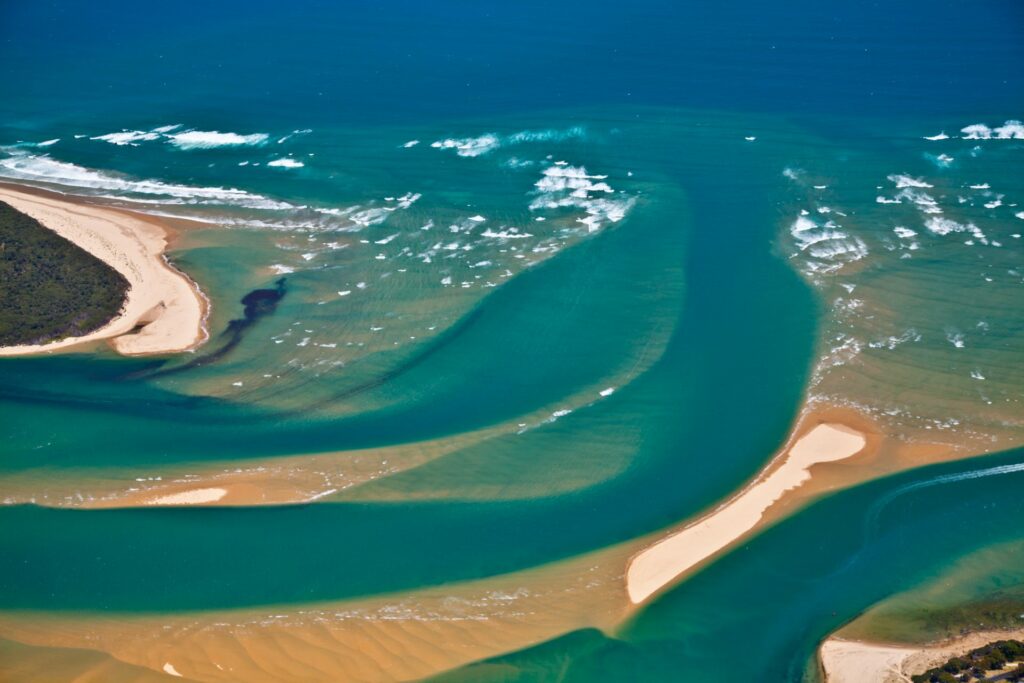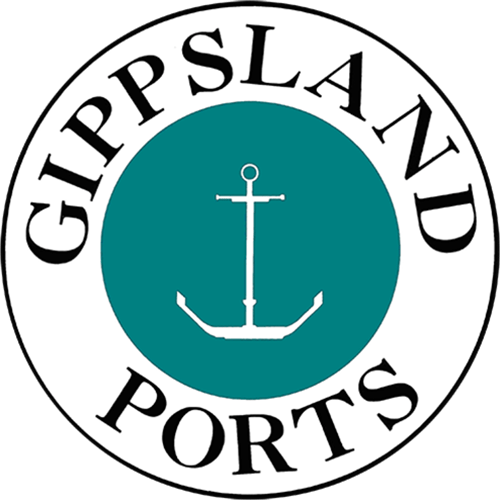Gippsland Ports was established in 1996 to provide a regional service to the local community, visitors and other user groups.
Gippsland Ports is the local Authority responsible for the application of the Marine Act and other related legislation for the five local ports and four waterways detailed below.
An operationally diverse organisation with responsibilities derived from a range of defined statutory functions and community service obligations, Gippsland Ports is the designated waterway manager of 1,431 sq km of some of the largest and most beautiful waterways in Australia, stretching from Anderson Inlet to Mallacoota over 720 kms of the south-eastern coastline of Victoria.
Click an option below to go to that page
The areas managed by Gippsland Ports consist of five declared Local Ports and four managed waterways.
Waterway management responsibilities include navigation, port operations, regulation, security and compliance, boating safety, incident management, emergency response, maritime security, oil spill response and salvage and dredging and sand management.
To achieve these responsibilities, Gippsland Ports employs highly trained staff located at Port Welshpool, Paynesville, Lakes Entrance and Bairnsdale and works closely with government departments, local authorities and organisations.
Gippsland Ports is unique amongst Victoria’s seven local port managers as it is:
- The only Victorian port manager (local or commercial) with a recurrent dredging program in excess of 200,000m3.
- The manager of 45% of the total area, 43% of total navigation aids, 60% of total wharves and jetties, 22% of total berths and moorings and 56% of people directly employed to manage Victoria’s local ports.
- The port manager of the host port to Victoria’s largest commercial fishing fleet at Lakes Entrance.
- The waterways manager for four waterways in addition to the five local ports.
- In Gippsland’s local ports, recreational vessels operate mainly within the ports (although we do know through vessel traffic analysis that there are up to 500 vessel transits per day through the entrance at Lakes Entrance).
- In most other local ports, (with the exception to some extent of Port Phillip & Western Port), vessels launch within the port and then operate largely outside port waters.
- The implication is that Gippsland Ports needs to provide (or source) far more infrastructure (aids to navigation, destination jetties, itinerant berthing, public swing moorings, refuelling, sewage pumpout) than other local port managers.



